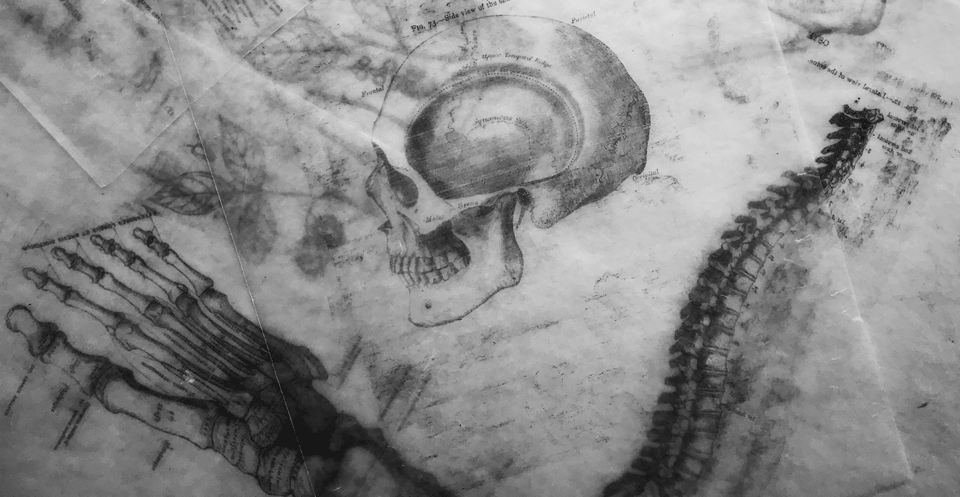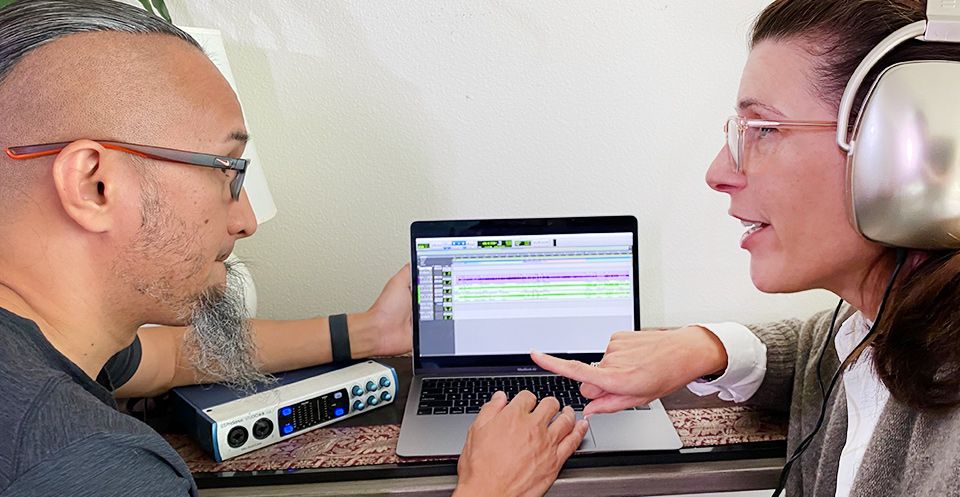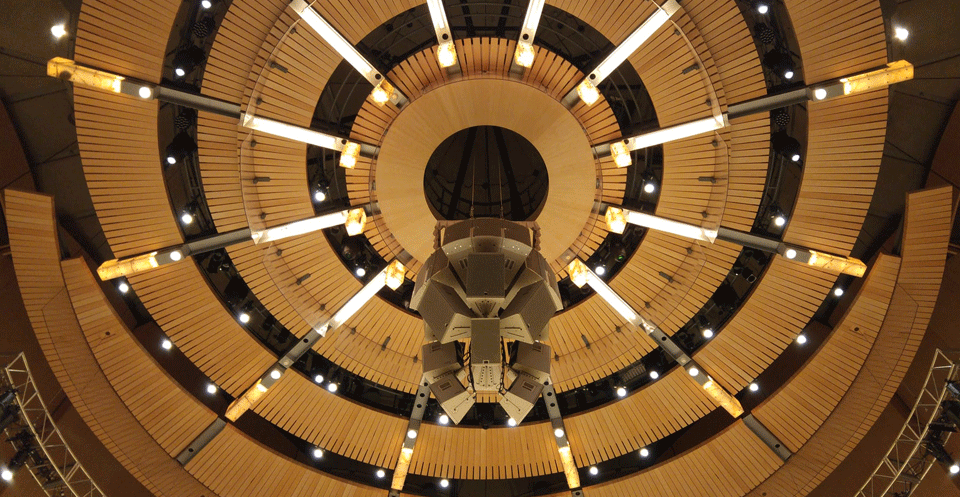Scientists Are Now Using Sound Waves to Regrow Bone Tissue

The future of regenerative medicine could be found within sound healing by regrowing bone cells with sound waves.
The use of sound as a healing modality has an ancient tradition all over the world. The ancient Greeks used sound to cure mental disorders; Australian Aborigines reportedly use the didgeridoo to heal; and Tibetan or Himalayan singing bowls were, and still are, used for spiritual healing ceremonies.
Recently, a study showed an hour-long sound bowl meditation reduced anger, fatigue, anxiety, and depression, which is great news for mental health. But now, a new study out of the Royal Melbourne Institute of Technology in Australia, showed physical healing using sound waves.
Scientists used high-frequency soundwaves to turn stem cells into bone cells in a medical discipline called ’tissue engineering,’ where the goal is to rebuild tissue and bone by helping the body to heal itself.
The researchers shot sound waves at tissue cells for 10 minutes a day over the course of five days. This magnified image shows stem cells turning into bone cells after being treated with high-frequency sound waves.
Co-lead researcher Leslie Yeo explained, “[W]e can use the sound waves to apply just the right amount of pressure in the right places to the stem cells, to trigger the change process.”
Professor Yeo and his team have spent over a decade studying sound wave effects on different materials, and have learned to use sound waves above 10 megahertz for the best results. In the past, the researchers point out, experiments to turn stem cells into bone cells were cost-prohibitive to scale up, and as cells had to be harvested from patients’ bone marrow, it could be extremely painful. But in this experiment, they used multiple types of cells, even fat cells that are much easier to extract from a patient.
They further argue that since the sound waves created in this experiment were generated by a low-cost microchip, their process will be quicker, easier, and less expensive than other methods. The next major challenge ahead: scaling the process so it can be put into medical use.











